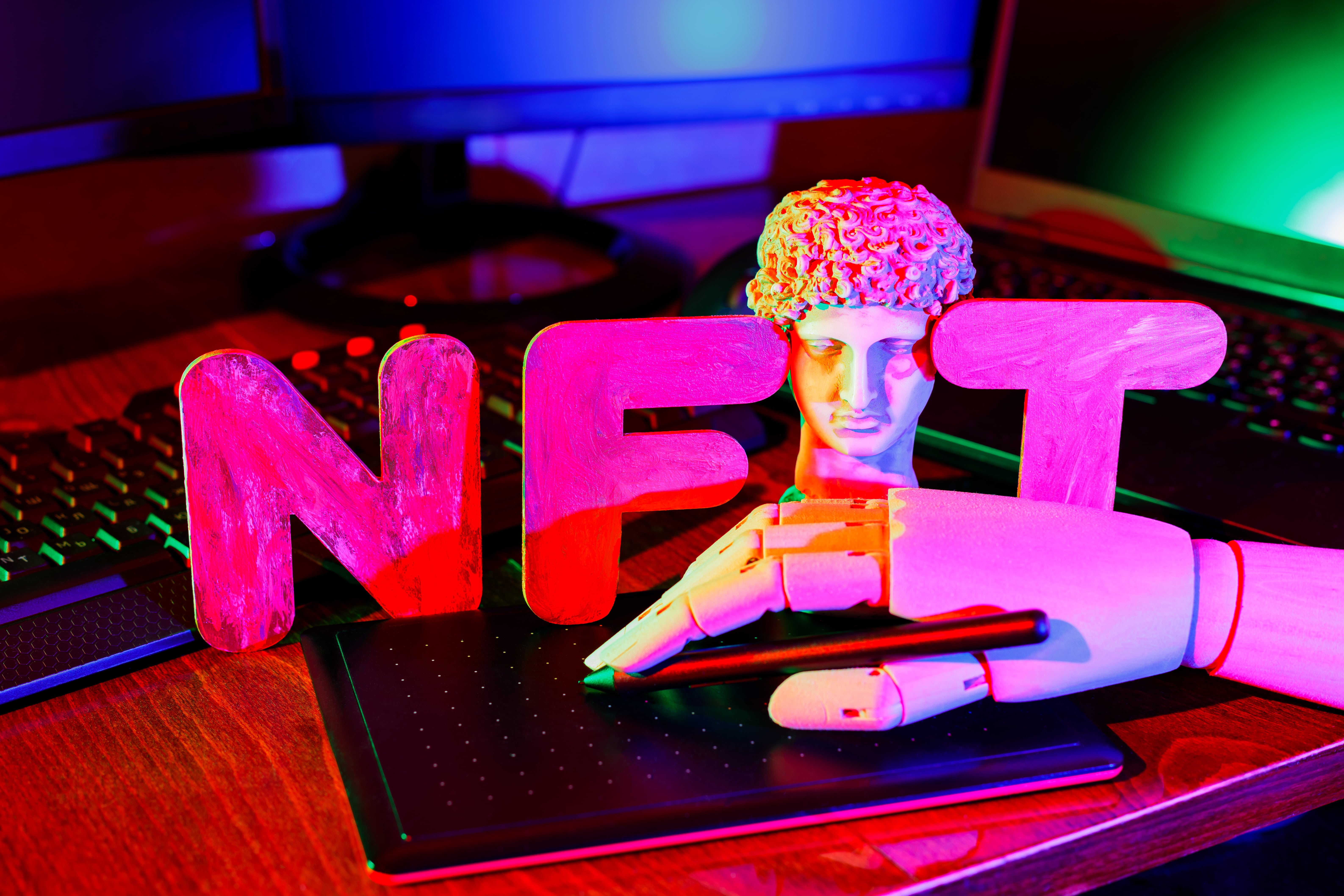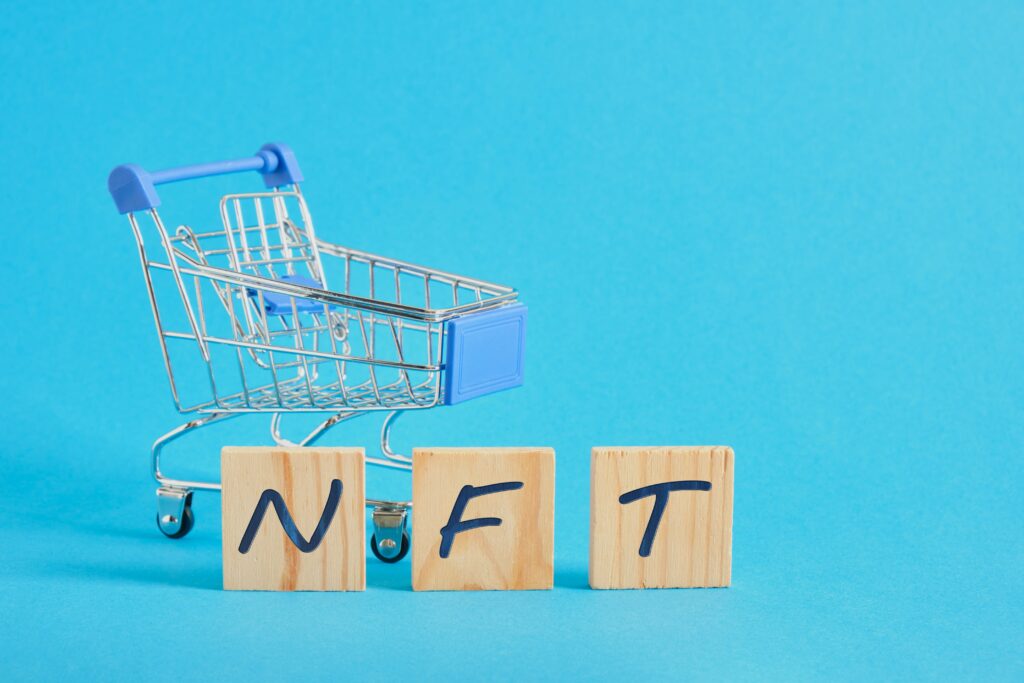NFT minting is your gateway into Web3, whether you’re an artist, collector, gamer, or startup. In this complete 2025 guide, we’ll show you how to mint an NFT from scratch, what platforms to use, how much it costs, and what to expect post-minting.

An NFT (non-fungible token) is a digital asset that lives on the blockchain. Unlike cryptocurrencies, NFTs are unique and indivisible. They can represent digital art, music, videos, in-game items, tweets, or even physical goods.
Minting an NFT means publishing your digital file on the blockchain as a cryptographic token. Once minted, your file becomes a verifiable and tradable asset—permanently linked to your wallet. It also locks in metadata, royalties, and ownership proof.
Minting an NFT may sound technical, but it’s surprisingly simple. Here’s a beginner-friendly walkthrough on how to mint NFT assets today.
Use a crypto wallet like MetaMask, Coinbase Wallet, or Trust Wallet. Connect it to a minting platform (e.g., OpenSea, Rarible).
💡 Tip: Make sure your wallet supports the same blockchain as your chosen minting platform.
Prepare your file. Most NFT minting platforms support formats like JPG, PNG, MP4, MP3, and GLB. Add metadata: title, description, properties, and unlockable content if applicable.
Checklist:
To mint an NFT, you’ll need crypto to pay blockchain gas fees. For Ethereum-based platforms, fund your wallet with ETH. For low-fee options, use MATIC (Polygon) or BNB.
💡 Tip: Track gas prices at etherscan.io.
Choose your sales model: fixed price, timed auction, or open bids. Platforms will prompt you to sign a blockchain transaction to mint.
💡 You can compare top NFT marketplaces in our guide on NFT collections.
Promote your NFT through X (Twitter), Discord, Telegram, and niche communities. Keep engaging with collectors and use analytics to track performance.
Checklist for post-minting:
Need help securing your assets? Read our guide on NFT security
| Platform | Blockchains | Fees | Highlights |
|---|---|---|---|
| OpenSea | Ethereum, Polygon | 2.5% | Easy UI, supports lazy minting |
| Rarible | Ethereum, Tezos | 2.5% | DAO-driven, customizable royalties |
| Binance NFT | BNB Chain | ~1% | Low fees, integrated with Binance |
| SuperRare | Ethereum | 15% | High-end art, curated collections |
| Coinbase NFT | Ethereum (beta) | 0% | Beginner-friendly, trusted brand |
| Others | Various | Varies | Mintable, Zora, Nifty Gateway |
Minting an NFT typically takes between a few minutes and several days, depending on the complexity of the asset. Before minting an NFT, it is important to understand the process and how long each step will take. Setting up a smart contract usually takes a few minutes, but other steps such as creating the asset and launching it onto the market may take longer. Additionally, buyers should be aware of any potential risks associated with investing in digital assets before they begin minting an NFT. The amount of time it takes to mint an NFT is worth considering when making an investment decision.
The blockchain platform should be reliable, secure, and capable of handling the amount of transactions that are expected. Additionally, it should have good scalability so that it can handle more transactions as needed. Furthermore, it should offer tools for managing and tracking NFTs.
The NFT ecosystem is also important to consider when minting an NFT. This includes understanding the marketplace where buyers and sellers can interact with each other, as well as any platforms or services available for creating and issuing NFTs. It’s also important to understand any rules or regulations that apply in order to ensure compliance with applicable laws.
The costs associated with minting an NFT can include fees for setting up a smart contract on the blockchain, hosting fees for maintaining the asset on the blockchain, and fees associated with launching it onto a marketplace. All of these costs should be taken into account when deciding whether or not to mint an NFT.

The journey to minting your NFT starts from choosing the online marketplace. There are several options available, and the choice will depend on the type of NFT you want to sell, and the fees related to minting, listing and selling a digital asset. Here are some of the popular NFT marketplaces.
Coinbase NFT
Coinbase NFT is a relatively new entrant to the NFT marketplace scene, but it has already made a big impact. Coinbase NFT is a platform for buying, selling, and trading digital art, collectibles, and other digital assets. The platform is designed to make it easy for users to find and purchase digital assets in a secure and regulated environment. Coinbase NFT also offers a variety of tools and services to help users manage their digital assets, including a portfolio tracker, a marketplace, and a marketplace for trading digital assets. The buyers are charged a 3,5% fee on all purchases, while the sellers are charged 10%.
OpenSea
OpenSea is one of the leading NFT marketplaces, allowing users to buy, sell, and trade digital collectibles, including artworks, gaming items and other exclusive digital collectibles. The marketplace supports two of the most common NFT standards: ERC-721 and ERC-1155. OpenSea charges users 2,5% fees for every transaction.
Rarible
Rarible is another popular NFT marketplace that allows users to create, buy, and sell digital collectibles. It is powered by the Ethereum blockchain and allows users to mint, buy, and sell digital art, music, and other digital assets. The platform charges a 3% fee on all sales, which is split between the seller (2%) and Rarible (1%). Additionally, buyers must pay a 0.3% fee for every purchase.
Super Rare
SuperRare is a digital art marketplace on the Ethereum network. Additionally to the default options to mint and trade NFTs, It offers a range of features, such as the ability to create custom collections, set up auctions, and track sales history. SuperRare also provides an API that allows developers to build applications on top of the platform. The marketplace charges a 5% fee for each sale, which is used to cover the costs of running the platform and to reward the community.
Binance NFT Marketplace
Binance NFT Marketplace allows the purchase of NFTs from a variety of sources, including artists, developers, and other users. The platform also provides users with the ability to create and manage their own NFTs. Binance NFT Marketplace provides a secure and transparent trading environment, as well as a variety of tools and features to help users manage their NFTs. It also provides users with access to a variety of NFTs, including art, music, games, and more.
Fees on the Binance NFT Marketplace are minimal, with a 0.2% fee for buying and selling NFTs and a 0.5% fee for transferring NFTs.

Most platforms don’t charge to mint NFTs, but take a commission on sales. Some curated platforms may charge upfront.
| Blockchain | Avg. Gas Fee | Typical Minting Cost |
|---|---|---|
| Ethereum | High | $20–$100+ |
| Polygon | Low | <$1 |
| BNB Chain | Low | <$1 |
| Tezos | Minimal | <$0.50 |
Want to save on fees? Explore fractional NFTs and gas-efficient chains.
Yes, lazy minting allows creators to list NFTs without upfront gas costs. The buyer pays the gas fee on purchase. Supported by OpenSea and Rarible.
| Pros | Cons |
|---|---|
| True digital ownership | Market volatility |
| Royalties from secondary sales | Environmental concerns (PoW chains) |
| Creative and monetization freedom | Risk of scams or phishing |
| Global exposure via decentralized apps | Legal gray zones in some countries |
Match your content with your audience. For art: SuperRare. For collections: OpenSea. For beginners: Binance NFT.
Start low or use timed auctions if you’re building initial traction. Review floor prices in your niche.
Include a captivating title, traits, and rarity info. Buyers value transparency and storytelling.
Check how NFT sales are taxed in your country. Crypto income may fall under capital gains or business earnings.
It’s the process of converting your file into a blockchain token with unique identity and ownership metadata.
Use a marketplace like OpenSea, upload your file, set royalties, fund your wallet, and click “Mint NFT.”
It means issuing your asset on-chain as an NFT. You’re creating a verifiable record of ownership.
Yes, via lazy minting or using low-fee chains like Polygon.
Absolutely. Most wallets and minting platforms offer mobile compatibility.
At ND Labs, we help creators, startups, and enterprises launch powerful, gas-efficient NFT minting platforms and marketplaces. Whether you’re exploring dynamic NFTs, planning NFT staking, or building inside the metaverse, we’ve got your back.